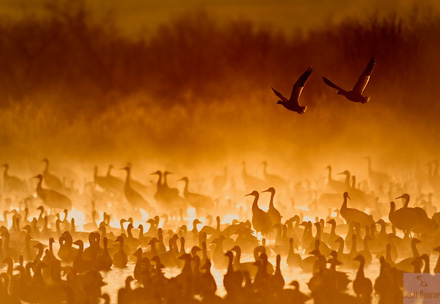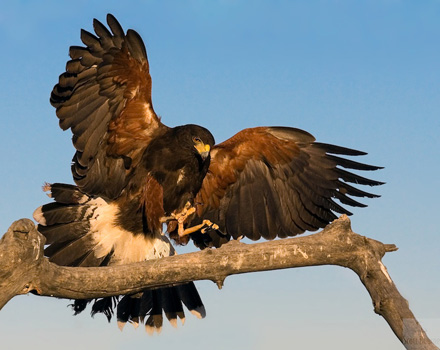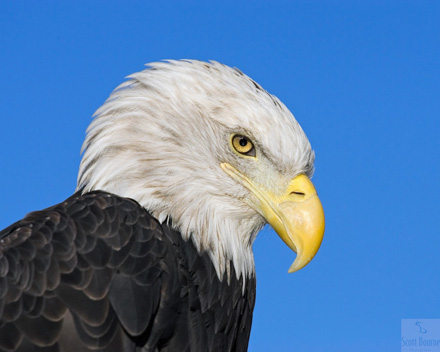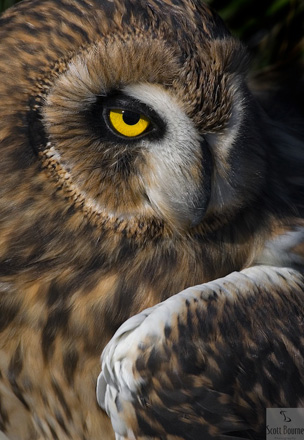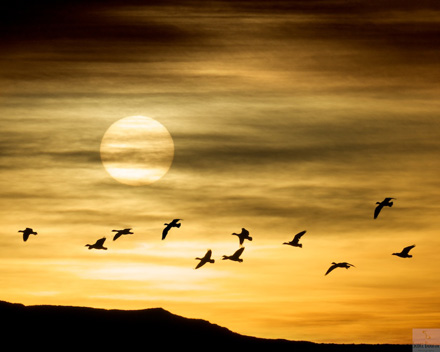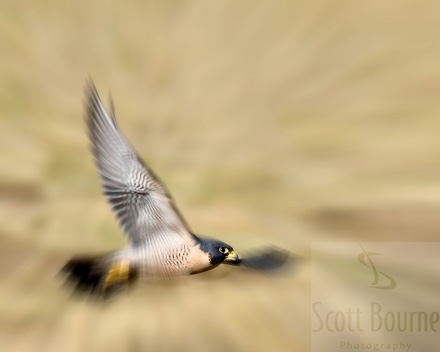10 Tips For Aspiring Bird Photographers
All photos Copyright Scott Bourne – All Rights Reserved
Thanks to Scott Kelby for the high honor of being invited to post on his popular blog. I’m in some pretty nice company here, so it’s a bit intimidating, but I’ll do my best to inform and educate. I wish I could give you something as emotionally compelling as David duChemin or as stunning as Vincent Vercace. But hey – I’m just a guy having fun wearing Tommy Bahama shirts everyday and chasing the birdie – literally – so I’ll stick with what I know.
If you’re familiar with my work you probably already know I am nuts about birds. I have a passion for avian photography that I’d like to share with everyone. I really like the challenge of photographing these beautiful creatures, so here are 10 tips that might interest anyone who would like to get better at photographing birds. Some of these tips work for any situation, birds or not.
1. Research and read everything you can about birds. This tip is good for any subject, but especially birds. I wanted to photograph eagles in flight. I found out they often defecate right before they fly. And that’s how I get so many eagle flight shots. The more you know about any subject, the better off you’ll be when it comes time to press the shutter.
2. Have the right gear. Avian photography is one of the rare photographic pursuits where the equipment can often make the difference between getting a shot or not. Very long, fast lenses of 400 to 600mm (or even 800mm) at f/4 or f/5.6 are required for bird portraits. Fast 300mm lenses with image stabilization are required for flight shots. A good heavy tripod is a must and a camera with a fast burst and buffer rate really helps too. You’ll also want autofocus lenses and a body with great autofocus. If you don’t have all this stuff don’t worry, you can rent it at most pro camera stores.
3. Know your gear before you go. The first time I went out to make avian images I took my new Canon 600 F/4 IS lens with me (I shoot Nikon now but that’s a different story). I was unfamiliar with all the switches and the IS. I didn’t get any keepers. I took the lens home and practiced on coke cans in my back yard before my second outing and it made all the difference. Also, if you’re going to use a new camera, read the entire manual and play with all the features BEFORE you go into the field. Birds move fast. They won’t wait for you to remember how to set the aperture.
4. Photograph with your back to the sun. Birds look best when front lit. Sidelight may be the landscape photographer’s friend, but the avian photographer’s enemy. To get detail in the feathers and great color, point your shadow at the bird. You’ll never be sorry you did.
5. Make the photograph at the bird’s eye level. I got down on the ground to make one of my best-selling bird images and the editor told me it was the ground/eye-level shot that made the difference. When you shoot down on the bird, you miss the drama that you can capture at eye-level. You also risk making a mediocre shot that looks like lots of other bird photos. The eye-level shots are the ones that tend to stop the viewer in his/her tracks.
6. Backgrounds, backgrounds, backgrounds. Having a clean background is a must. When I photograph birds against a clean blue sky, I often get the most compliments. Also, the further your subject is from the background, the better. Busy backgrounds detract from the subject. Simple background draw the viewer’s eye to the subject.
7. Practice at local zoos and/or bird refuges. Captive birds will give you a chance to study behavior, hone your skills and become familiar with bird photography and guarantee enough keepers that you won’t be frustrated. Even if you don’t bring a camera, time spent observing bird behavior under controlled conditions can provide you with an amazing learning experience.
8. Take it slow and be quiet. Birds are very easily disturbed. Sudden movements, loud noises and anything out of the ordinary will spook them. Take your time. Birds take off when they see nearly anything move quickly. If you want tame birds, some places offer you a better chance than others. The gulf coast of Florida for instance offers ridiculously tame birds. Young birds are also more likely to be tame since they haven’t learned to fear people yet. But don’t get so close as to disturb or threaten them. It’s not worth harming a bird to get a photo, ever.
9. Like many subjects, birds are best photographed early in the morning and late in the afternoon. These are the times that most birds are active. Fortunately this corresponds with the best light. Be there at the right time and you’ll increase your chances of getting a winner.
10. Look at lots of bird pictures. Writers read if they want to become better writers and photographers look at photographs if they want to become better photographers. Look at avian images in books, magazines and on the Web. See what the photo buyers are selecting. Use those images as your benchmark and then go get some of your own.
I hope this post has inspired you to go out and try to make some great bird images. I have found photographing birds to be one of the most rewarding experiences of my life. While there are certainly things you’ll want to know and techniques I didn’t have time or space to list in this article, I’m hoping the few quick tips I’ve provided here will get you off to a good start.
I’d really like to thank Scott Kelby again for the chance to share with his audience. This is a must-read blog for me every day and I am glad to have the chance to contribute.
Feel free to e-mail me if you have any questions about bird photography – photofocus@me.com




